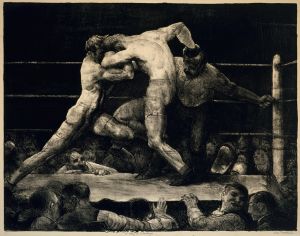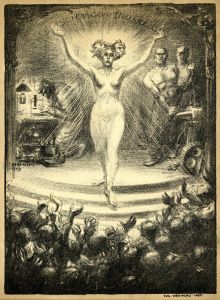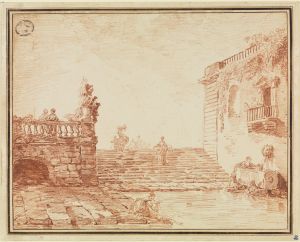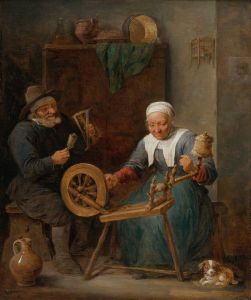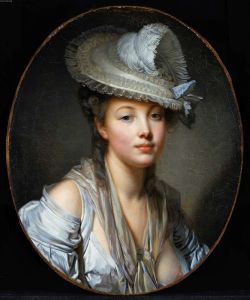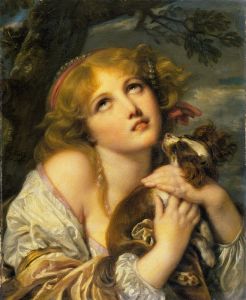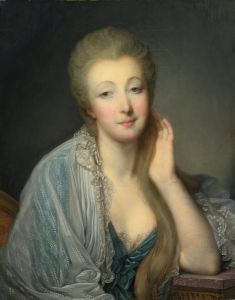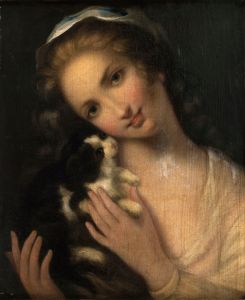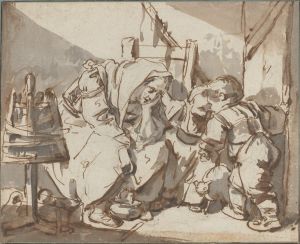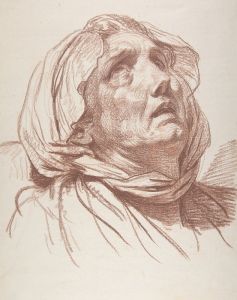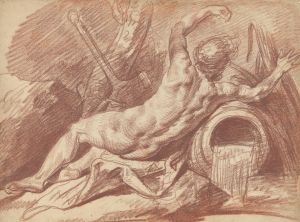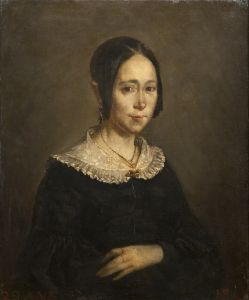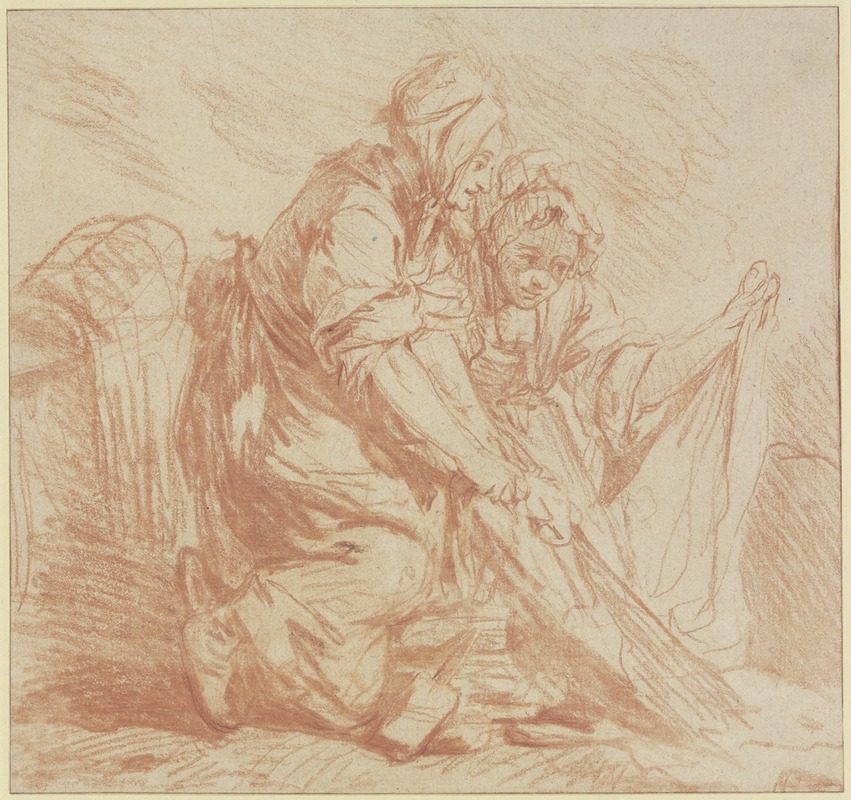
Two washerwomen
A hand-painted replica of Jean-Baptiste Greuze’s masterpiece Two washerwomen, meticulously crafted by professional artists to capture the true essence of the original. Each piece is created with museum-quality canvas and rare mineral pigments, carefully painted by experienced artists with delicate brushstrokes and rich, layered colors to perfectly recreate the texture of the original artwork. Unlike machine-printed reproductions, this hand-painted version brings the painting to life, infused with the artist’s emotions and skill in every stroke. Whether for personal collection or home decoration, it instantly elevates the artistic atmosphere of any space.
Jean-Baptiste Greuze's Two Washerwomen is a painting attributed to the French artist known for his genre scenes and portraits during the 18th century. Greuze, born in 1725 in Tournus, France, was a prominent figure in the Rococo and early Neoclassical periods. His works often depicted scenes of domestic life, morality, and sentimentality, which resonated with the tastes of the Enlightenment era.
Two Washerwomen exemplifies Greuze's focus on everyday life and his ability to capture human emotion and interaction. The painting portrays two women engaged in the act of washing clothes, a common and labor-intensive chore of the time. The composition emphasizes their physical effort and camaraderie, reflecting Greuze's interest in depicting the dignity and humanity of ordinary people. The figures are rendered with a sense of realism and attention to detail, characteristic of Greuze's style.
The setting of the painting is modest, with the women surrounded by simple tools of their trade, such as a washboard and a tub. The naturalistic depiction of their environment and attire provides insight into the daily lives of working-class individuals in 18th-century France. Greuze's use of light and shadow enhances the three-dimensionality of the figures and draws attention to their expressions and gestures, which convey a sense of shared purpose and resilience.
While Two Washerwomen is not as widely recognized as some of Greuze's other works, such as The Broken Pitcher or The Village Bride, it remains an example of his ability to elevate scenes of ordinary life into art that evokes empathy and reflection. The painting aligns with the Enlightenment ideals of the period, which emphasized the value of hard work, virtue, and the experiences of everyday people.
The exact date of the painting's creation is not definitively documented, but it is consistent with Greuze's active period as an artist, particularly during the mid to late 18th century. The work is believed to have been executed in oil on canvas, a medium Greuze commonly employed. Its current location or ownership is not specified in available historical records.
Jean-Baptiste Greuze's contributions to art history lie in his ability to bridge the Rococo's decorative tendencies with the emerging moral seriousness of Neoclassicism. Two Washerwomen serves as a testament to his skill in portraying the subtleties of human interaction and the beauty of everyday life.





